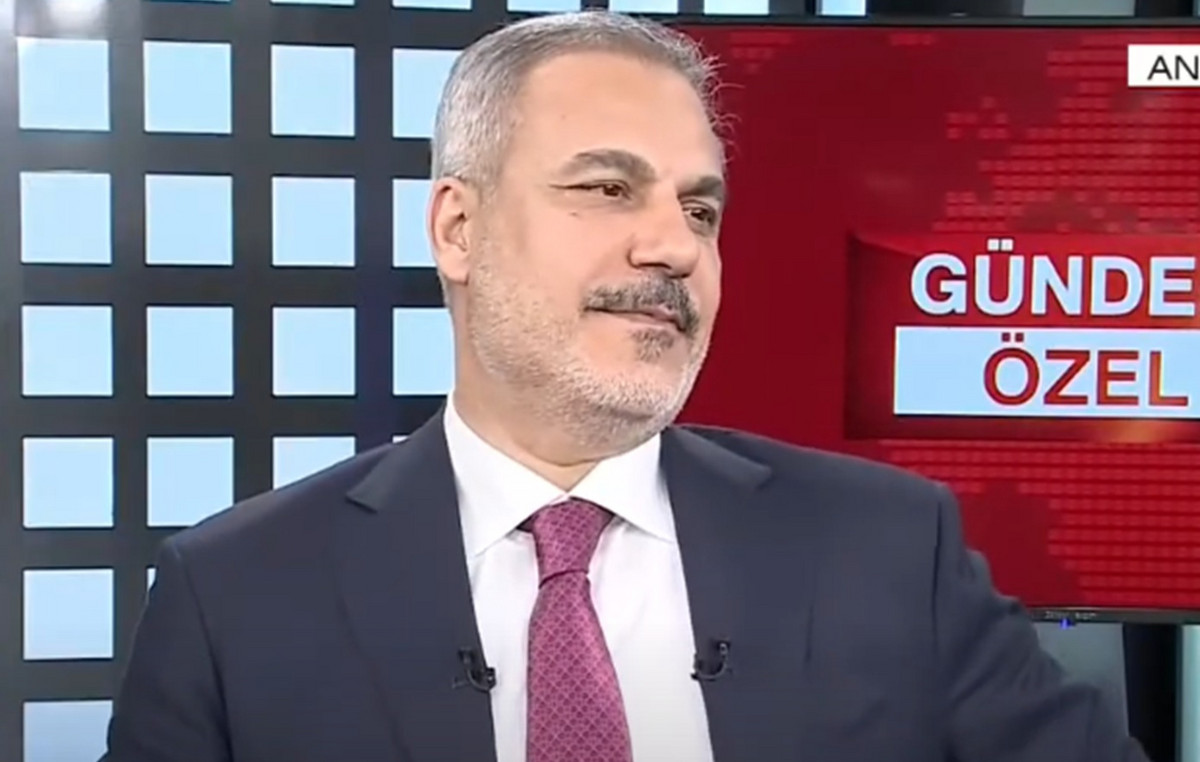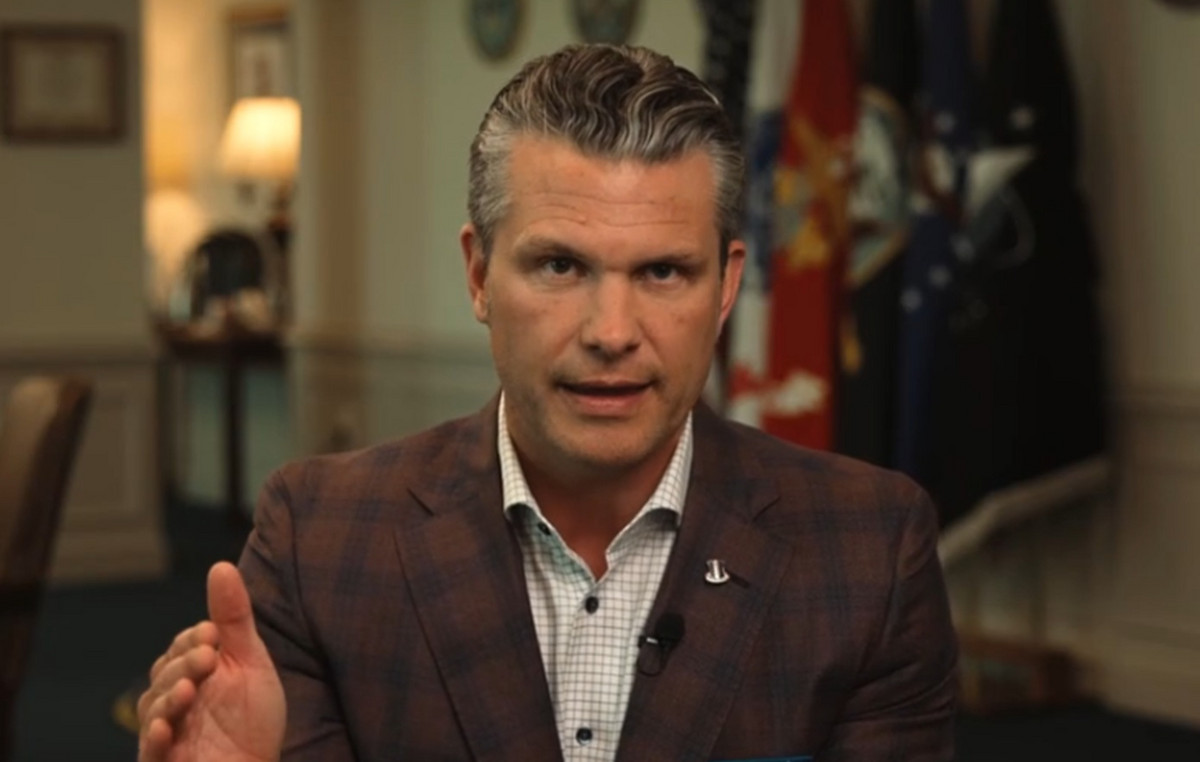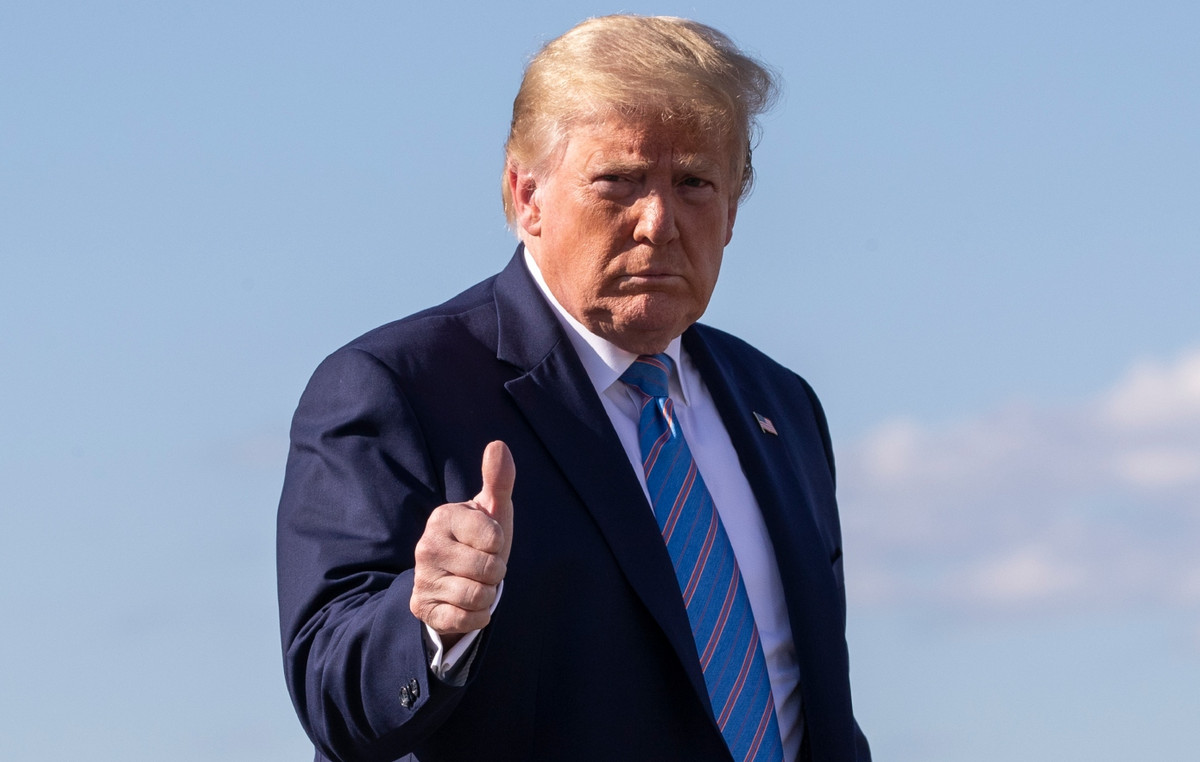- Gold rises more than 1% after Iran launched missiles at Israel, escalating the conflict in the Middle East.
- Market focus shifts from strong US employment data to geopolitical uncertainty, driving risk aversion and increasing safe-haven demand for Gold.
- A daily close below $2,665 could trigger a pullback, but ongoing tensions keep bullish momentum alive for new all-time highs.
The price of Gold rose more than 1% on Tuesday amid rising tensions in the Middle East, as Israel’s attack on Hezbollah provoked a reaction from Iran, which launched nearly two hundred missiles. This sponsored an increase in the non-yielding metal, dismissing the overall strength of the US Dollar. At the time of writing, XAU/USD is trading at $2,662 after bouncing from daily lows of $2,632.
Risk aversion is the name of the game as investors’ focus shifted from better-than-expected US employment data to stabilizing business activity in the manufacturing sector, according to the Institute for Supply Management (ISM).
News agencies revealed that Iran attacked Israel. According to ABC sources, Iran will launch between 240 and 250 missiles at Israel. Meanwhile, Israel revealed that the air force will continue to strike targets in Lebanon, while US National Security Advisor Sullivan said: “There will be serious consequences for this attack.”
Kitco analyst Jim Wyckoff wrote: “Gold prices would very likely hit new all-time highs if Iran attacks Israel. Silver prices would also likely hit new highs for the move.”
Gold prices extended their gains, printing a weekly high of $2,673. However, a daily close below the September 30 high of $2,665 could open the door to a pullback if geopolitical risks subside.
The Dollar, as measured by the US Dollar Index (DXY), rises 0.43% to 101.19, capping the non-yielding metal’s rally.
Market movements in the daily summary: The price of Gold rises due to hostilities in the Middle East
- The US Department of Labor revealed that the August Job Openings and Labor Turnover Survey (JOLTS) increased from 7.711 million to 8.04 million, exceeding estimates of 7.655 million.
- The ISM Manufacturing PMI for September was steady at 47.2, unchanged from the previous reading but below estimates of 47.5.
- Market participants have placed the odds of a 25bp rate cut at 61.6%. According to the CME FedWatch tool, the odds of a cut greater than 50 bps have decreased to 38.4%.
XAU/USD Technical Analysis: Gold Price Rises Above $2,660
The price of Gold reversed Monday’s decline towards $2,624 amid risk aversion. An escalation of the conflict in the Middle East could pave the way for higher prices. Although momentum favors buyers, as shown by the Relative Strength Index (RSI), downside risks remain.
If Gold breaks the all-time high of $2,685, it could extend its gains to $2,700. Conversely, if XAU/USD falls below $2,650, the door will open to test the September 18 daily high at $2,600. Once given, the next support will be the September 18 low of $2,546, followed by the 50-day SMA at $2,503.
Gold FAQs
Gold has played a fundamental role in human history, as it has been widely used as a store of value and medium of exchange. Today, apart from its brilliance and use for jewelry, the precious metal is considered a safe-haven asset, meaning it is considered a good investment in turbulent times. Gold is also considered a hedge against inflation and currency depreciation, since it does not depend on any specific issuer or government.
Central banks are the largest holders of Gold. In their aim to support their currencies in turbulent times, central banks tend to diversify their reserves and purchase Gold to improve the perception of strength of the economy and currency. High Gold reserves can be a source of confidence for the solvency of a country. Central banks added 1,136 tons of gold worth about $70 billion to their reserves in 2022, according to data from the World Gold Council. This is the largest annual purchase since records exist. Central banks in emerging economies such as China, India and Türkiye are rapidly increasing their gold reserves.
Gold has an inverse correlation with the US Dollar and US Treasuries, which are the main reserve and safe haven assets. When the Dollar depreciates, the price of Gold tends to rise, allowing investors and central banks to diversify their assets in turbulent times. Gold is also inversely correlated with risk assets. A rally in the stock market tends to weaken the price of Gold, while sell-offs in riskier markets tend to favor the precious metal.
The price of Gold can move due to a wide range of factors. Geopolitical instability or fear of a deep recession can cause the price of Gold to rise rapidly due to its status as a safe haven asset. As a non-yielding asset, the price of Gold tends to rise when interest rates fall, while rising money prices tend to weigh down the yellow metal. Still, most of the moves depend on how the US Dollar (USD) performs, as the asset is traded in dollars (XAU/USD). A strong Dollar tends to keep the price of Gold in check, while a weaker Dollar is likely to push up Gold prices.
Source: Fx Street
I am Joshua Winder, a senior-level journalist and editor at World Stock Market. I specialize in covering news related to the stock market and economic trends. With more than 8 years of experience in this field, I have become an expert in financial reporting.








